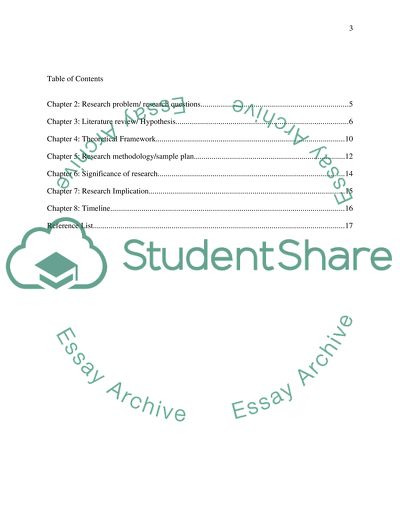Cite this document
(“E-WOM : Detremination the consumer level of trust towards the written Research Proposal”, n.d.)
Retrieved from https://studentshare.org/marketing/1488280-e-wom-detremination-the-consumer-level-of-trust
Retrieved from https://studentshare.org/marketing/1488280-e-wom-detremination-the-consumer-level-of-trust
(E-WOM : Detremination the Consumer Level of Trust towards the Written Research Proposal)
https://studentshare.org/marketing/1488280-e-wom-detremination-the-consumer-level-of-trust.
https://studentshare.org/marketing/1488280-e-wom-detremination-the-consumer-level-of-trust.
“E-WOM : Detremination the Consumer Level of Trust towards the Written Research Proposal”, n.d. https://studentshare.org/marketing/1488280-e-wom-detremination-the-consumer-level-of-trust.


